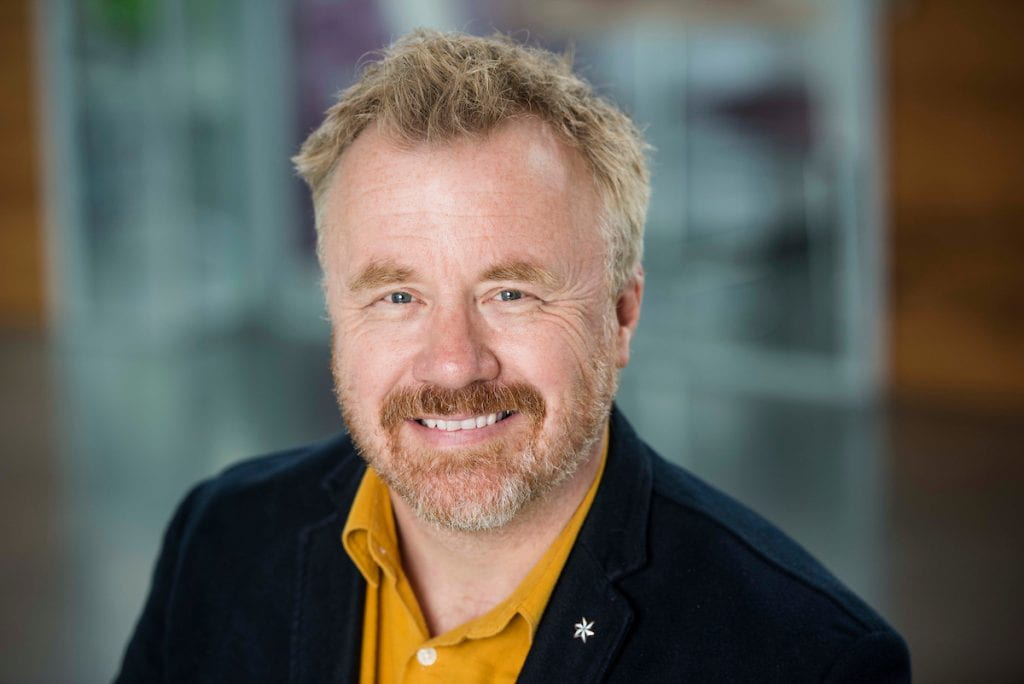In January, Duncan Baker, Senior Lecturer, was featured in the Guardian’s article which discusses the current state of the construction industry which is creating huge CO2 emissions. What if new buildings had to be adapted and reused or built only with materials already available? The article discusses how mindsets are shifting.

While much of mainland Europe is well on the way to reimagining buildings as “urban mines” of potential, the UK is slowly beginning to catch up. Architect Duncan Baker-Brown, who published the Re-Use Atlas in 2017, says the subject has gone from being a niche pursuit to something being discussed at high level in the last year. He says:
“Since Greta Thunberg and Extinction Rebellion, the industry is starting to wake up. National legislation is still way behind, but a lot of local authorities are getting on with it anyway.”
He has been working with Brighton and Hove City Council to instil circular principles into the way local procurement works, and will be running an architectural summer school looking at how waste streams can be harvested from one of the council’s demolition sites and reused.
In addition, as part of the Futurebuild Steering Group, Duncan has helped form the 2020 knowledge programme for this international event in March, aimed at eliminating waste in the construction industry. Find out more about this event and Duncan’s contribution to the debate about making the transition to a zero carbon world by visiting the Futurebuild website.


